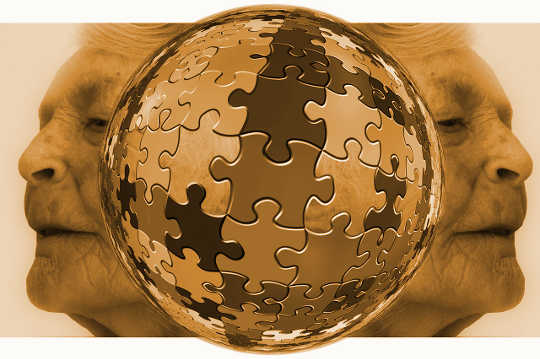
Image by Gerd Altmann.
A group of middle-aged adults had some small but significant changes in brain structure more than three decades after lead exposure in childhood, research found.
The changes corresponded to their dose of lead exposure in early life, the researchers report.
MRI scans at age 45 revealed some small but significant changes in the brains of the people who had higher lead exposures measured at age 11.
For each 5 micrograms per deciliter more lead they carried as children, the study participants lost an average of 2 IQ points by age 45. They also had slightly more than 1 square centimeter less cortical surface area and 0.1 cubic centimeter less volume in the hippocampus, which plays a role in memory, learning, and emotions.
Get The Latest By Email
Participants with the highest childhood lead exposures also demonstrated structural deficits in the integrity of their brains’ white matter, which is responsible for communication between brain regions.
The research participants themselves reported no loss of cognitive abilities, but people close to them says otherwise, noting that they tended to display small everyday problems with memory and attention, such as getting distracted or misplacing items.
“We find that there are deficits and differences in the overall structure of the brain that are apparent decades after exposure,” says Aaron Reuben, a Duke University doctoral candidate and co-first author of the study in the Journal of the American Medical Association. “And that’s important because it helps us understand that people don’t seem to recover fully from childhood lead exposure and may, in fact, experience greater problems over time.”
“All of our brain measures were selected based on previous associations with age-related decline and cognition,” says Maxwell Elliott, a doctoral candidate and co-first author of the study. “Cortical surface area has one of the strongest relationships with cognitive functioning.”
The findings come from a long-term study of more than 1,000 people born in the same town in New Zealand in 1972 and 1973 who have been studied nearly continuously since. For this study, the researchers had childhood lead exposure data for 564 of the study participants, who grew up during the peak era of leaded gasoline, which ran from the late-1960s to the late-1980s. As was true across the developed world during that time, almost all of the study participants were exposed to higher lead levels than are permitted today.
“Our findings involve gross features of how your brain looks as a whole,” explains senior author Terrie Moffitt, professor of psychology and neuroscience. “Our research started by looking at these features of the brain because scientists don’t really know a whole lot about childhood lead exposure and the brain later in life.”
But the differences are there. Elliott says they may reflect long-term consequences of lead exposure, since the cortical surface area, hippocampal volume, and white matter structure all grow during childhood and peak in early adulthood.
More differences may emerge as these people age, Reuben says.
It’s probably too soon to tell with this well-studied group of middle-aged New Zealanders, but what Reuben would eventually like to understand is whether individuals exposed to lead in childhood may be at greater risk for degenerative disease as they enter older age.
Animal studies have shown that early exposure to lead may lead to brain changes that contribute to degeneration, such as different gene expression patterns and poorer vascular health. But this hasn’t been shown yet in humans, Reuben says.
About the Authors
Support for the study came from the US National Institute on Aging; the UK Medical Research Council; the US National Institute of Environmental Health Sciences; and the US National Science Foundation; the New Zealand Health Research Council; and New Zealand Ministry of Business, Innovation and Employment. - Original Study
books_disease








